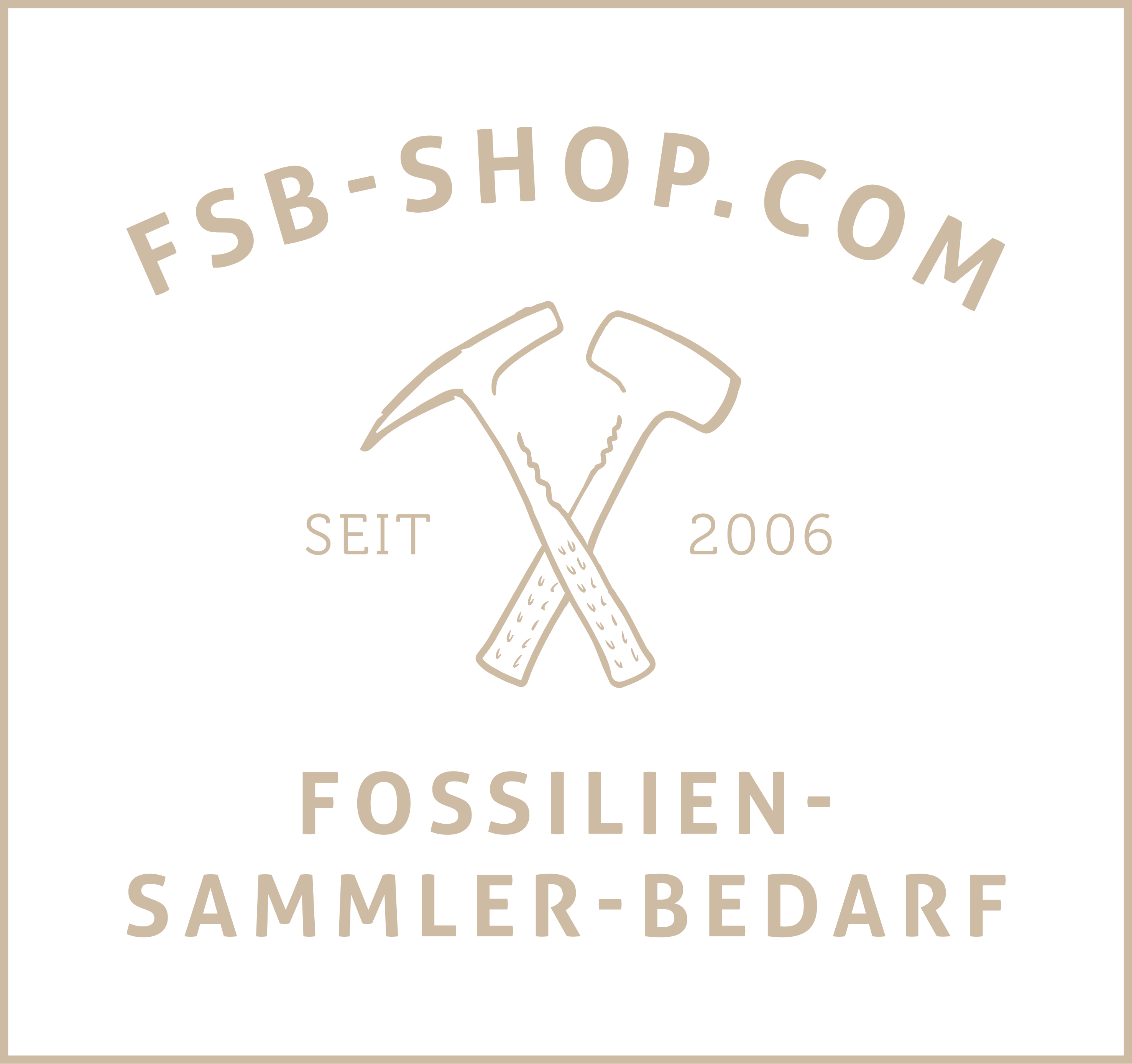
| Species | Psiloceras spelae tirolicum VON HILLEBRANDT & KRYSTYN |
| Author | KRYSTYN VON HILLEBRANDT |
| Group | Psiloceraten |
| Horizon | spelae-horizon |
| Zone | tilmanni-zone |
| Stage | Lower Hettangian |
Description
The casing is quite involute, the largest winding width is near the umbilicus, the outside is tightly rounded. The cross-section of the coils is almost triangular. The umbilical wall is steep and the umbilical edge rounded.
A distinct nodule stage is formed on 1-2 coils after the smooth initial stage. The nodules flatten and turn into waves before the case becomes completely smooth. S-shaped accretion stripes may appear on the living chamber.
The species is described in detail in VON HILLEBRANDT & KRYSTYN (2009). The species does not grow larger than 25mm.
* Description according to VON HILLEBRANDT & KRYSTYN 2009, supplemented
Compare
Most similar are the American forms (subspecies) of P. spelae GUEX ET AL. The alpine subspecies shows more sculptural elements (longer nodule stage, plicate ribbing, accretion stripes,...) and slightly different dimensions, which is why it was delimited.
P. spelae tirolicum occurs in the grey, clayey marls of the Tiefengraben Subformation together with Praegubkinella turgescens FUCHS (Formaninifere) and defines the beginning of the Jurassic. In the meantime, the species has been found in 5 profiles in the Karwendel Mountains.
Dimension
Literature
- 2009 Psiloceras spelae tirolicum n. ssp. – VON HILLEBRANDT & KRYSTYN, S. 176, Fig. 8.1-11, 9.1-12, 10.1-10.10






